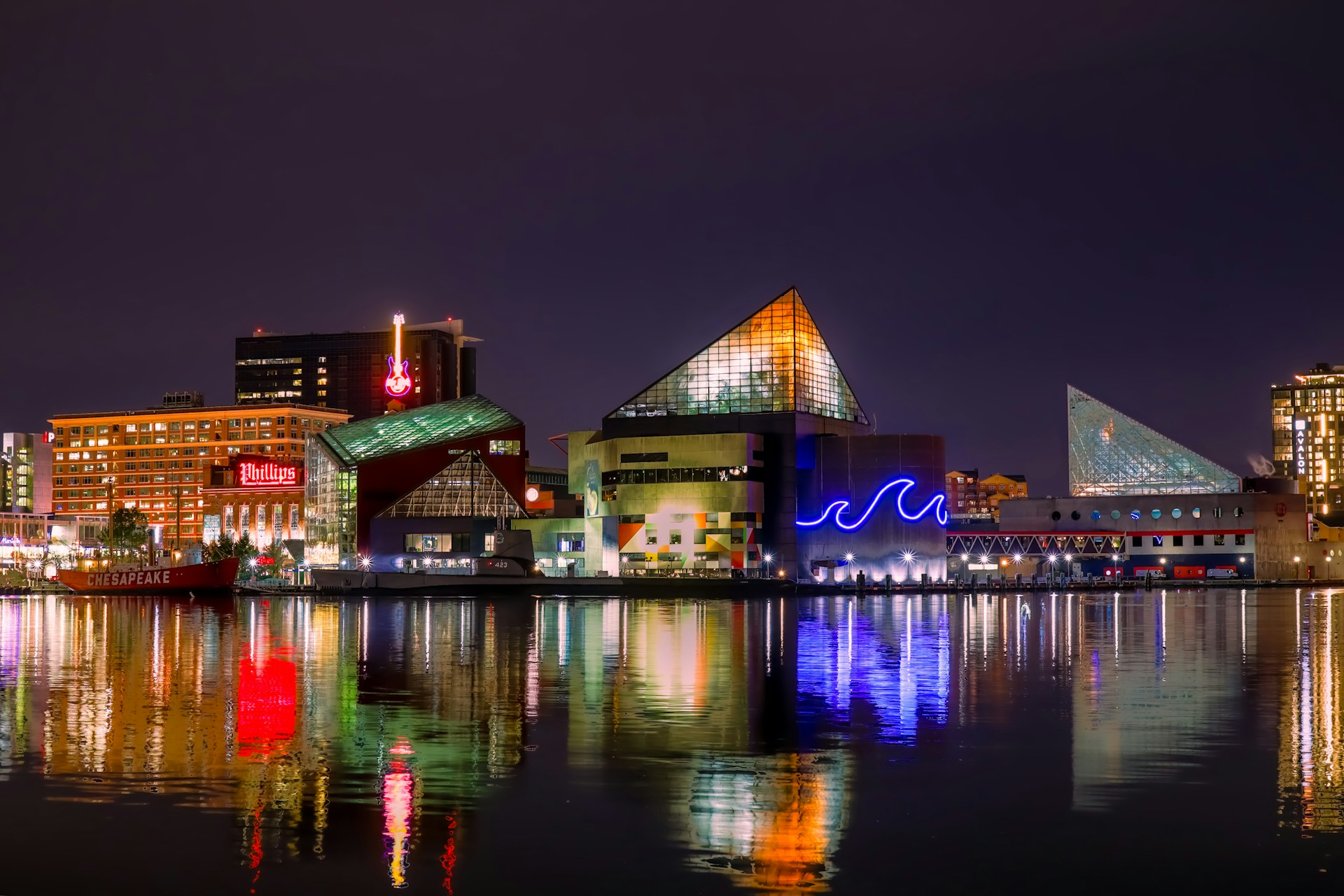Container Ship Hits Bridge in Baltimore: Casualties Feared

A tragic event is unfolding in Baltimore as a significant bridge collapse occurred last night following a collision with the Dali containership, which has a capacity of 9,962 TEU. The vessel struck a pillar of the bridge, leading to fears of numerous fatalities.
The incident on the Francis Scott Key Bridge has been confirmed by both the Maryland Transportation Authority and the US Coast Guard, and it is currently being treated as a situation with a potentially high number of casualties. This comes after reports of the collapse of Baltimore's longest bridge, also known as the world's third-longest continuous truss bridge, which were received around 1:30 am local time on Tuesday. At the time of the collapse, it is believed that approximately 20 individuals were on the bridge.
Baltimore's Mayor, Brandon Scott, stated that emergency teams were present at the scene and that rescue operations were being conducted. Although there were no immediate casualty reports, Kevin Cartwright, the Baltimore Fire Department's Director of Communications, mentioned that rescue teams were looking for at least seven individuals believed to be in the water.
Ownership of the 300-meter-long Dali, which collided with the bridge, is attributed to Grace Ocean Investment, a Singapore-based company, as per the listing on VesselsValue. It was confirmed that all crew members, including the two pilots on board, were safe and accounted for, with no injuries reported. Furthermore, the incident has not led to any pollution.
Before the accident, the vessel had departed Baltimore at 1 am, heading towards Colombo, Sri Lanka, as indicated by the MarineTraffic maritime data platform. Evidence from video footage suggests that the vessel, built in 2015, experienced intermittent power loss before the collision.
The collapse has severely impacted Baltimore's shipping operations, as the majority of the city's shipping terminals are situated beyond the affected bridge. Consequently, numerous ships are now unable to move. The port of Baltimore is a critical hub, leading the nation in the handling of automobiles and light trucks, roll-on/roll-off cargo, and gypsum imports. Additionally, it ranks second in the import of sugar and the export of coal.